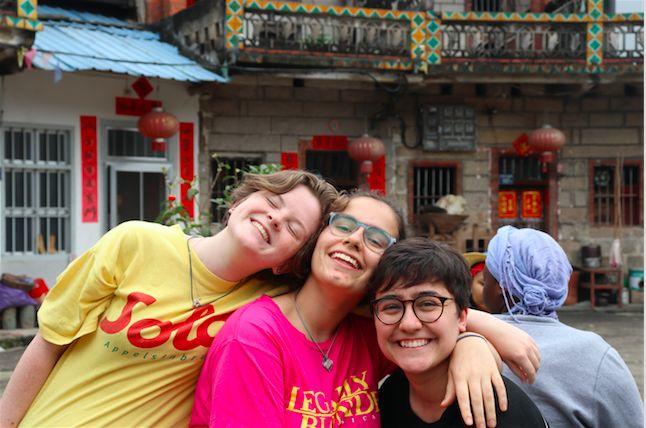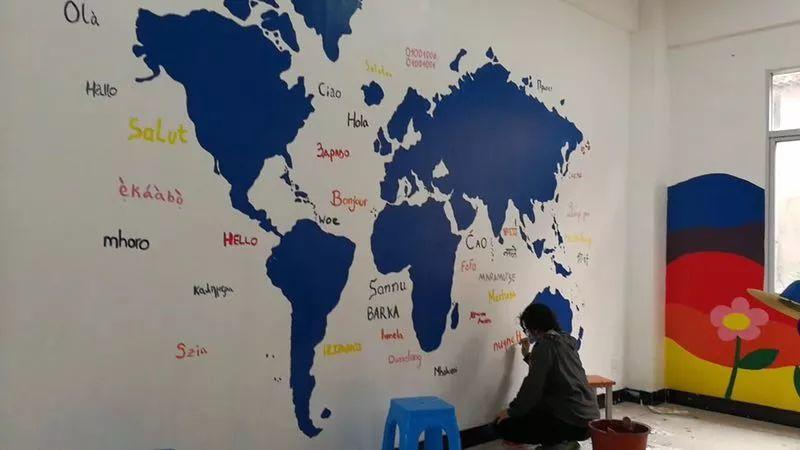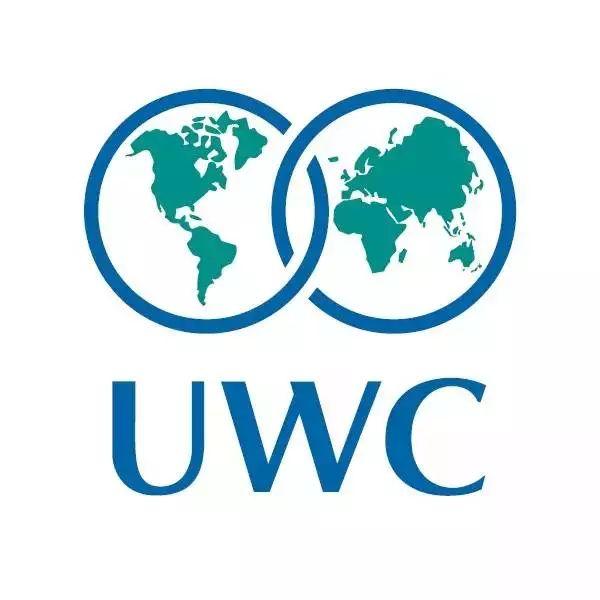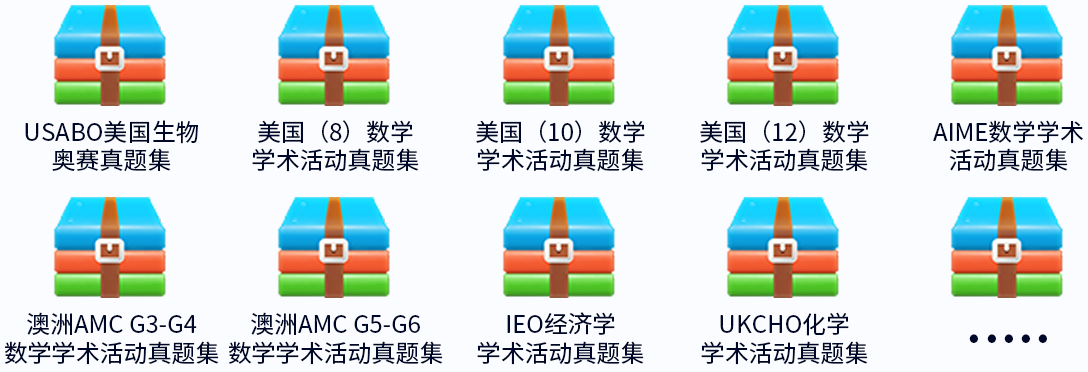- 翰林提供学术活动、国际课程、科研项目一站式留学背景提升服务!
- 400 888 0080
One Week, Three Goals, Endless Memories at "Tulou"
Editor's Notes
March 23rd to March 30th was the Project Week for students of the graduating class of UWC Changshu China. They went to different parts of China to engage in various projects that they arranged by themselves focusing on themes such as service, Chinese cultural exploration and fact finding. This forms an important part of UWC education, which embodies the education philosophy of “Learning by doing.”
In this issue, Solveig Hillestadfrom Norway shared her experience during one week stay atTulou,in the mountainous area of Fujian Province. She and her friendsnot only explored the culture of local village, but alsohelpeddesign a curriculum forthe local kindergarten, drewbeautiful wall paintings and built a patio for the volunteer centre. It was one of the mostmeaningful and memorable experience during her two years as a foreign studentin China.
I have always wondered if my almost two years in China as a foreign studenthad provided me with enough insight into this grand and vast country. A week in a Tulou in Fujian convinced me that there is still so much to see and explore. The experience is enormously different from the small bubble that is UWC Changshu China.
Tulou
A Tulou is a circular earthen building, known for its unconventional architecture exclusive to the southeastern Province of Fujian. The majority of these Tulous were built between the 13th and 20th century and is part of the Hakka culture.
These buildings are truly well thought out structures - once providing protection and security they are now a tool in creating a close community and a village meeting point. In the Tulou thatmy group and I were lucky enough to visit, there was a small library, a kitchen, a gym/projector/canteen, and a tea room. The eight families living in this Tulou have their homes on the second floor, while utilizing the ground floor facilities during day time. Upon arrival, it became very clear to the entire group that this lifestyle had been highly successful in creating a tight, welcoming and warm community in the Tulou and the village surrounding it.

View of the Tulou
This welcoming spirit was one of the very first things that struck me when arriving at our temporary home late Saturday evening. I barely managed to get off the bus before the manager of the girls' house (and our closest neighbour) held my arm with a fast grip and led me to our room for the week. I had my first dinner in the kitchen with the vegetarians, then I got to meet the incredible women who wouldcook for us that week. That night, I also went to bed feeling like I had truly set foot in a very special place.
The next day, we all woke up after a much needed 10-hour sleep ready to take on the day. The plan for this day was simply to just walk around and get to know the village - and it was when doing so that the feeling I had when going to bed the night before was confirmed. Everywherewe walked, there were happy children running around. Through the open windows and doors, we saw countless smiles and welcoming faces. The spirit of this place seemed to be an ad for a 1950s neighbourhood. It was in particular the children that made me feel this way. It seemed to me that they were all friends regardless of age or gender, which is a stark contrast to the neighbourhood I grew up in where the grade-hierarchy ruled. They were all either running or biking around together, trying their best to interact with us despite our sub par mandarin abilities. Shyness was really not a concern and at the end of the week we had all made some new friends.

Author (Left ) with her friends at Tulou
The village is also faced with some problems. It is located in a very rural area which means that most of the adults go to work in the city and leave their children with their grandparents. There is therefore a very noticeable lack of anyone between the ages of 15 to 60 around the village. Those who decide to stay, mostly take on underpaid jobs, if paid at all, and face a large limitation of resources. There is one local kindergarten in the village which currently has 13 students enrolled from 3 to 8 years old. Teachers in this village work for free and have no related education.
However, a quick visit to the kindergarten really impressed me and the rest of our group. Having been to other schools in China during DP1 Project Week and through Zhi Xings, the apparent creativity and colours of this place stood out to us all. There were art works hanging from the roof and on the walls, and it became clear that creativity was one of the main areas of focus in this kindergarten. It reminded me a lot of my own primary school, so when they asked who wanted to work with the teachers in designing a new curriculum, my hand went up pretty fast.
The following afternoon was full of hope and inspiration. I sat down with the rest of my group and started the outline of what would later become a pretty detailed and complex curriculum, full of English-learning and collaboration. We decided to allocate one topic we wanted to teach the kids about to each month in a school year. The topics ranged from Love to Talents, and when we introduced this idea to the teachers, they loved it. We all went to dinner that evening filled with joy for the week that was to come.

Kindergarten wall painting
During the week, outside, there was a group working on painting a classroom in the kindergarten while another group was making a brand new patio in the backyard of the girls' house. I was continuously impressed by the progress and abilities of these two groups. By the end of the week both the kindergarten and the local village stage were a lot more colourful and the volunteer centre had a cool new "tiger" patio.

Village stage wall painting
However, the curriculum team faced some challenges on the way. It became very evident that the kindergarten was lacking resources and that this often became a limitation for learning. Because of this, we came up with the idea of trying to help this kindergarten and community - to raise money to provide this village with a fully equipped computer room for teaching English and computer skills to both students and adults, as well as to buy toys and tools to be used in classes for the kindergarten. While brainstorming this idea, it became clear to us that this would become a project that will extend longer than just the week - and that is what makes it truly meaningful and exciting.

"Tiger" patio
We are now working on setting up a system of online English tutoring in the village through our schools online teachingZhi Xing PVO, and we hope that will be up and running in the near future. We are also slowly starting our fundraising - with the first step of selling some very fashionable hats the children made themselves. Our dream is that next year, the next generation of UWC-CSCers can visit the village in their project week and work with the kids in the brand new computer room.
After this week, I am filled with peace, hope, and gratefulness. It was an insight into a part of China I did not know at all, a reminder of the power of willpower and a boost of energy.
TothepeopleofournewFujianhome,ourhostsfortheweek:abigthank
you toyou all.
Author:SolveigHillestad,Norway
Photo:ChloetenBrink,Belgium
Video:JùliaVieiraBranco,Portugal

United World Colleges
United World Colleges (UWC) is a unique global educational movement, with outstanding students selected from over 150 countries and regions. Founded in 1962, UWC makes education a force to unite peoples, nations and cultures for peace and a sustainable future. At UWC, students with different cultural and socio-economic backgrounds live and study together and experience a transformative education that prepares students to become future leaders with a global perspective and dedication to social services.
UWC Changshu China offers two-year IB Diploma Programme and one-year Foundation Programme.

最新发布
© 2025. All Rights Reserved. 沪ICP备2023009024号-1









